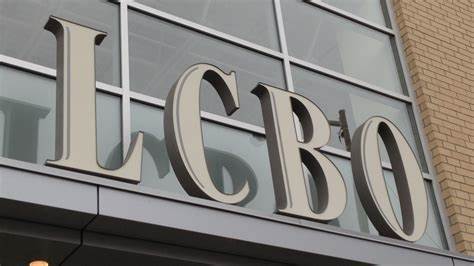Ready-to-drink beverages generated over $600 million in LCBO revenues in 2023, highlighting the concerns of front-line employees who fear that publicly owned retail locations could close if convenience stores are allowed to encroach on liquor store revenues.
Why Premixed Cocktails Are Stirring Up Controversy Amid LCBO Strike



